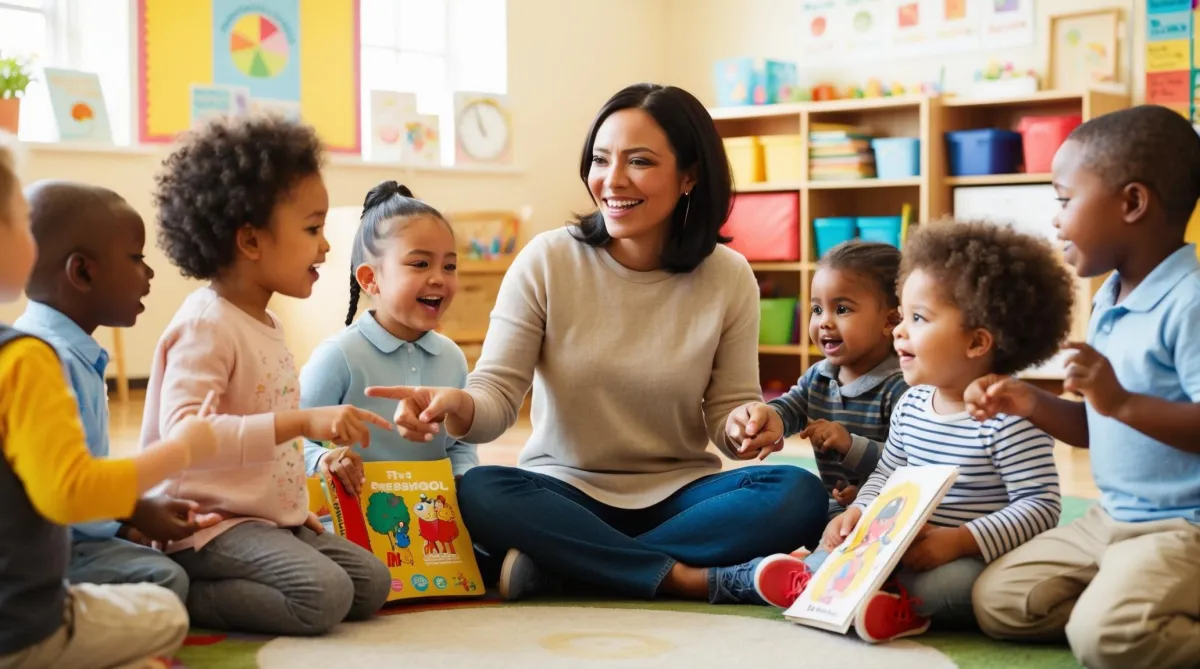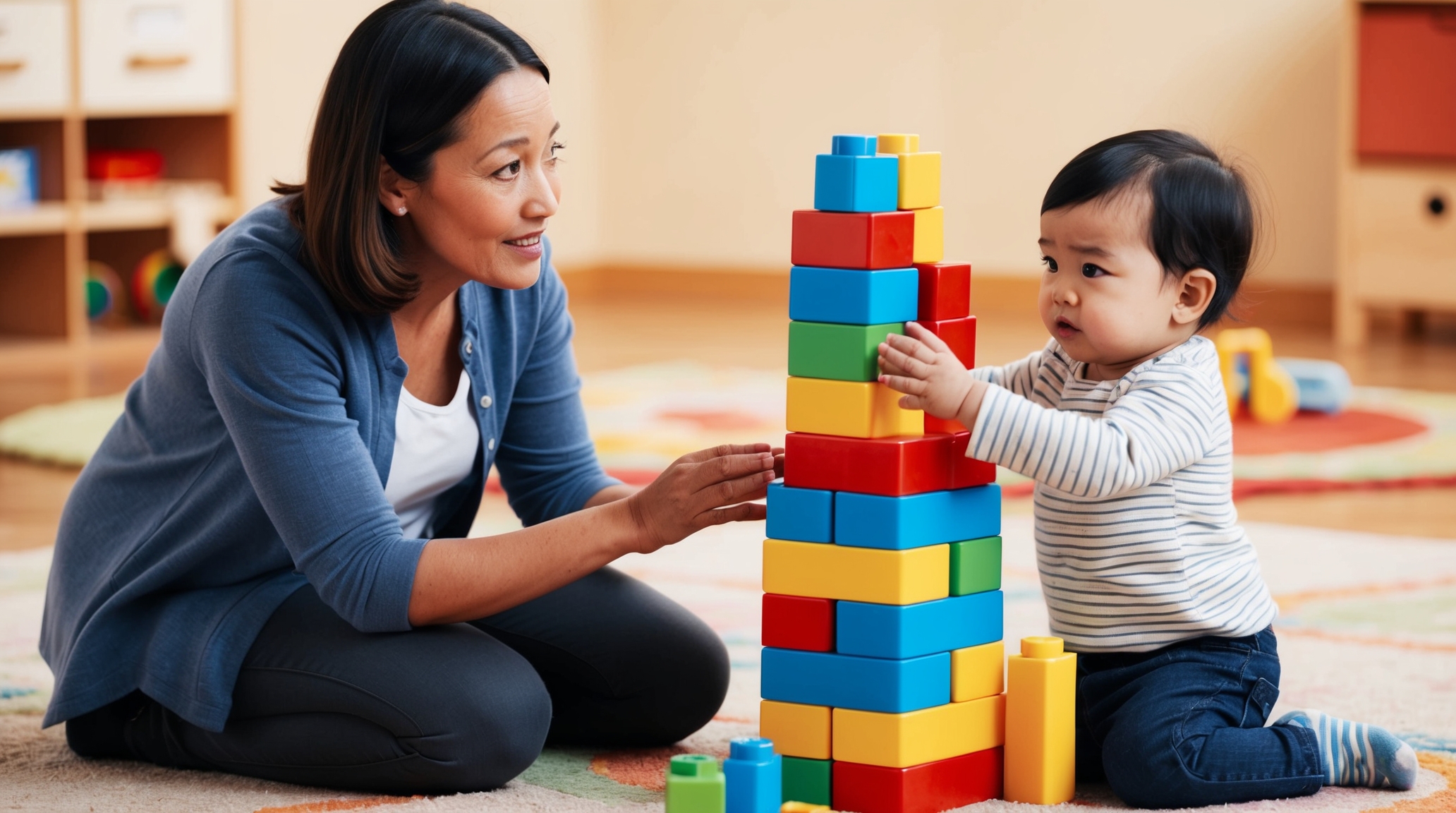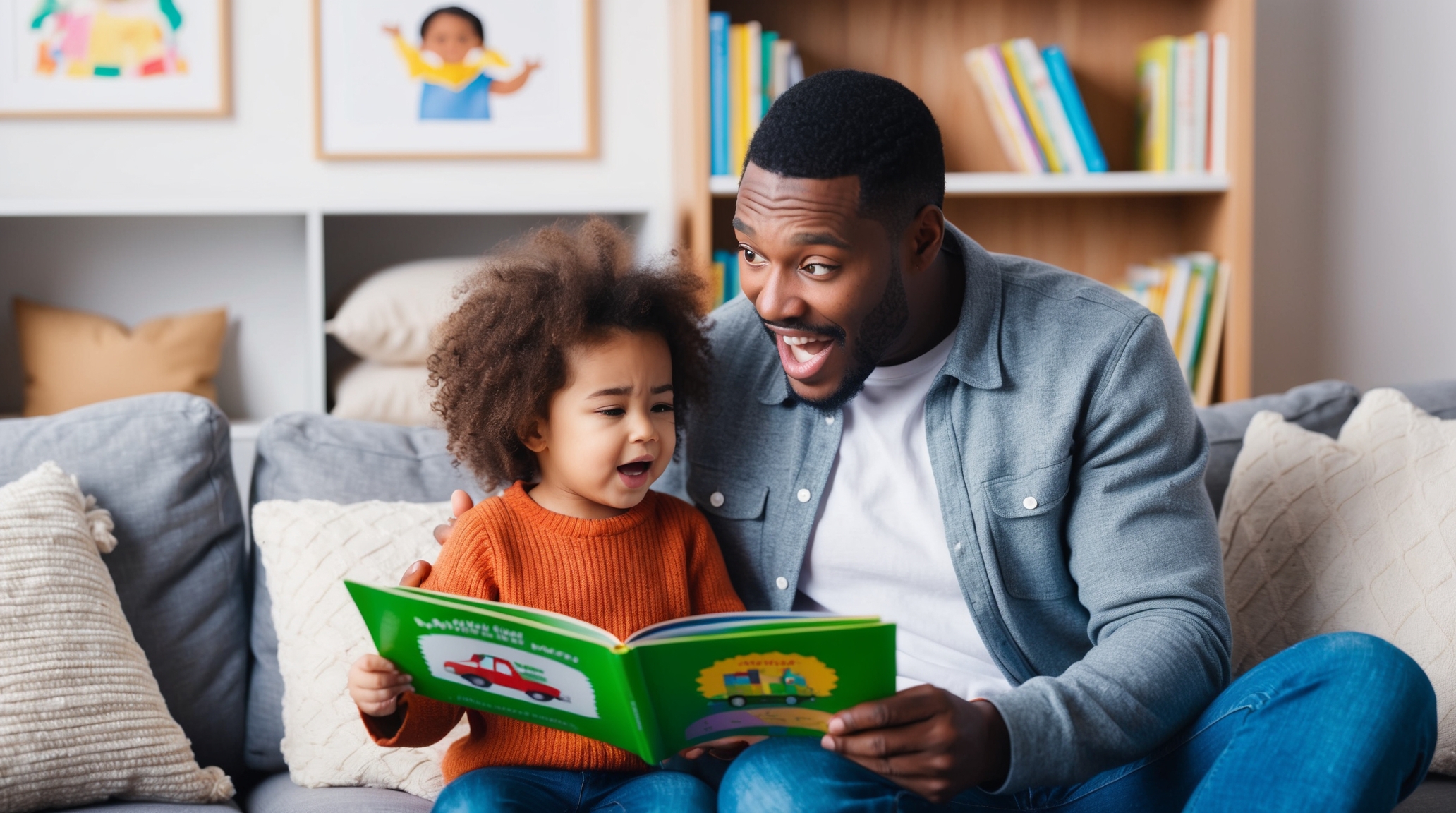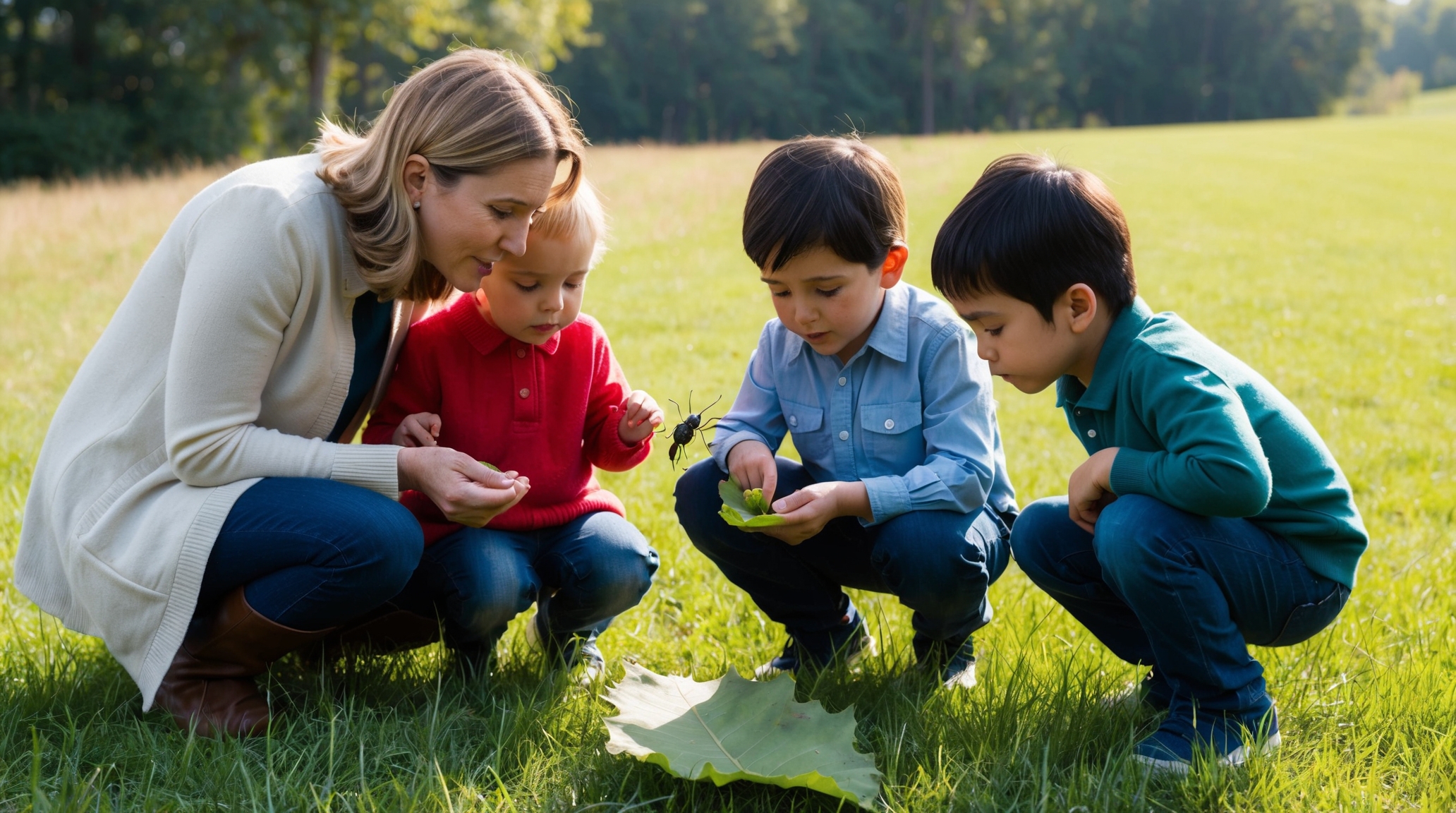
The Power of Open-Ended Questions in Early Childhood Learning

The Power of Open-Ended Questions in Early Childhood Learning
In a world full of fast answers and short attention spans, one of the most powerful tools in early childhood education is also one of the simplest: the open-ended question.
Unlike closed questions (like “What color is that?” or “Did you like the story?”), open-ended questions don’t have a single right answer. Instead, they invite children to think, imagine, express, and explore. They fuel curiosity, confidence, and critical thinking—all essential building blocks for lifelong learning.
Why Open-Ended Questions Matter
Children learn through experience, conversation, and play. But how we talk to them makes a massive difference. When we ask open-ended questions, we’re telling children:
“Your ideas matter.”
“There isn’t just one way to think about something.”
“It’s okay to explore and wonder.”
These types of questions support language development, problem-solving, social-emotional skills, and creativity—far beyond what traditional Q&A offers.
Open-Ended vs. Closed Questions: What’s the Difference?

Closed questions test memory.
Open-ended questions build minds.
Easy Ways to Use Open-Ended Questions Every Day
Here are some simple, natural ways to use these questions in your daily interactions:
During Playtime
“What are you building?”
“What will happen next in your game?”
“What else could we use this for?”

During Storytime
“Why do you think the character felt that way?”
“What would you do if you were in the story?”
“How might the story end differently?”

During Mealtime
“What does this taste remind you of?”
“If you could cook anything, what would it be?”
“Where do you think this food came from?”
Outside or Nature Walks
“What sounds can you hear?”
“What do you think this bug is doing?”
“How is today’s weather different from yesterday?”

While Doing Art
“What are you trying to show in your picture?”
“What else could we add?”
“How did you choose those colors?”
The Benefits Go Far Beyond Answers
Asking open-ended questions strengthens:
Language: They practice describing, reasoning, and storytelling.
Thinking: They make connections and solve problems.
Confidence: They learn their thoughts are valued.
Connection: You build stronger relationships by truly listening.
Final Tip: You Don’t Need Fancy Words
You don’t need to sound like a teacher or psychologist. A curious tone and genuine interest are what matter most. Even something as simple as “What do you notice?” can open up a powerful conversation.
Final Thought
Open-ended questions are more than conversation starters—they’re bridges to your child’s thoughts, feelings, and growing mind. With just a few tweaks to the way you talk, you can turn ordinary moments into extraordinary learning opportunities.
Let’s raise thinkers, not just answerers.